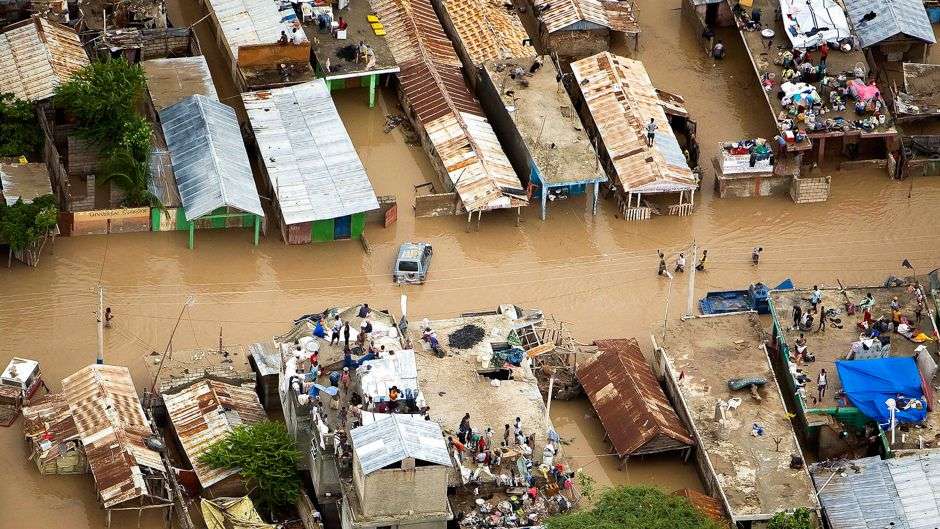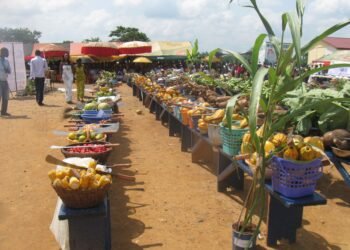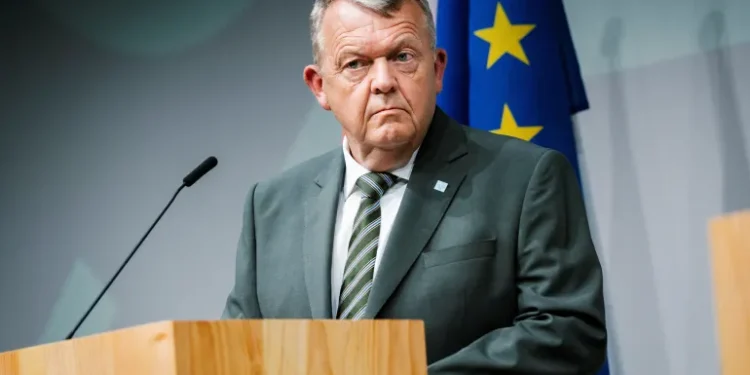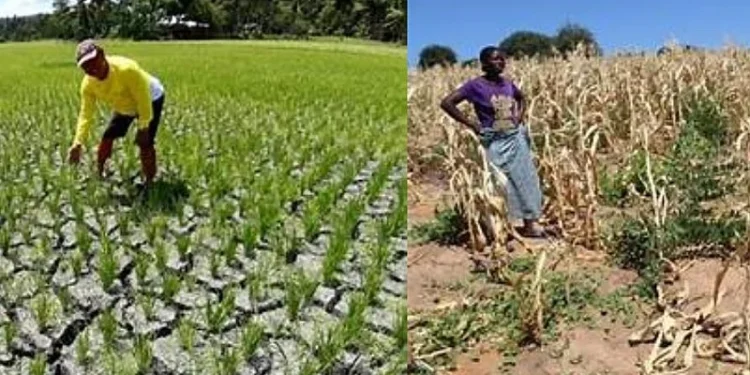The Intergovernmental Panel on Climate Change (IPCC) report denotes that developing countries face the most significant risks to climate change; hence, financial support from international donors is needed to fund adaptation.
All countries, developed or developing, must adapt to climate change. A recent report by the IPCC spelled out the dramatic consequences of failing to curb the rise in global temperature and adapting to a hotter planet. Adaptation should address climate change and extreme weather risks by safeguarding agriculture, managing the impact of rising seas, and making infrastructure more resilient.
The benefits of adaptation are sometimes challenging to estimate because they depend on specific factors such as how well-adapted a country is to its current climate.
Long-term savings from investment in resilience and coping mechanisms such as better irrigation, improved seed varieties, strengthened health systems, and greater access to finance and telecommunications can be very significant. This is especially true for sub-Saharan Africa, which experiences one-third of the world’s droughts and is particularly vulnerable to rising temperatures and extreme weather because of its dependence on rain-fed agriculture. Research shows that a single drought can lower an African country’s medium-term economic growth potential by one percentage point.
Meanwhile, cocoa farmers in Ghana made their crops more resistant to drought with improved seed and irrigation and planted trees to shade their produce from the sun.
In Ethiopia, however, some farmers’ yields rose by up to 40 percent with the development of wheat varieties resistant to rust, a fungal disease.
Unnerving costs
Investing in adaptation is not confined to sub-Saharan Africa: countries in all world regions can benefit from adapting to a hotter planet. Yet this doesn’t mean adaptation can replace mitigation. It will be impossible to stabilize global temperature without solid relief, which would become impossibly expensive.
Some countries face daunting costs already. Research by the IMF and others suggests public adaptation costs will reach around 0.25 percent of global gross domestic product per year in the coming decades. While such estimates can appear manageable at the worldwide level, they aren’t representative of the scale of the challenge faced by many developing and vulnerable countries.
Unfortunately, countries that need to adapt the most often lack the support to do so. They typically lack the financing and the institutional capacity to implement required adaptation programs. Further, some countries most exposed to heatwaves, droughts, storms, and sea-level rise often confront other pressing development needs. That means it’s more important than ever to invest in resilient growth, with adaptation fully integrated with other sustainable development goals.
The international community can help poor and vulnerable countries adapt by providing financial support and developing institutional capacity. These countries will suffer the most devastating impacts of climate change even though they’re not responsible for causing it. It’s also in the world’s interest to ensure climate change does not jeopardize development and stability in developing countries. Investing in climate resilience can also be financially efficient for development partners because up-front investment in protection can be less expensive than humanitarian relief and reconstruction after a disaster.
Climate adaptation alone not enough
To be fruitful, adaptation support should supplement existing aid with streamlined conditionality to commensurate with the country’s institutional capacity.
Climate adaptation alone is not enough. Unless substantial mitigation stabilizes global temperature, the transformation will become impossibly expensive. Yet countries can still reap significant benefits from investing in resilient growth and integrating adaptation into development strategies.
READ ALSO: Ghana Stock Exchange Drops 13 Places in Performance Index of Exchanges In Africa in 1st Quarter























